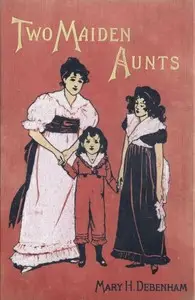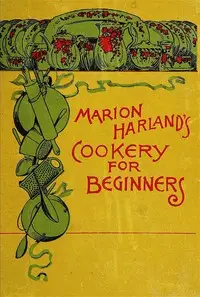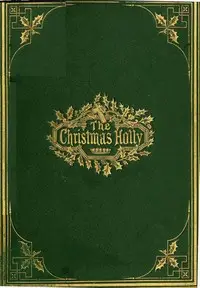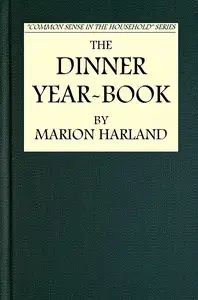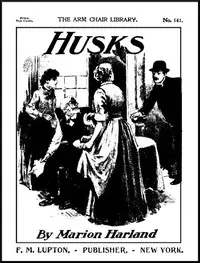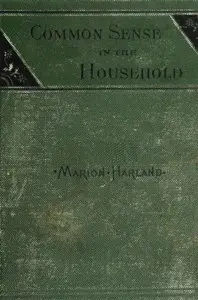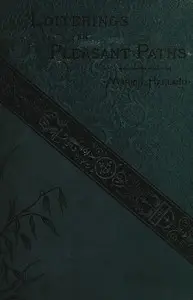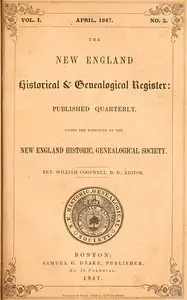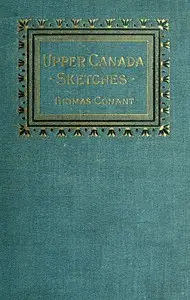"Mr. Wayt's Wife's Sister" by Marion Harland introduces us to March Gilchrist, a sailor returning home, whose path crosses with two devoted sisters, Hetty and Hester Alling. The story is set against the backdrop of a vibrant New Jersey ferry terminal, where March's chance encounter with the sisters sets the stage for a exploration of family, duty, and affection in the face of adversity. Hester, who has a physical disability is cared for by Hetty and the story hints at themes of resilience and determination as the characters pursue artistic expression and navigate their relationships within the constraints of their society.
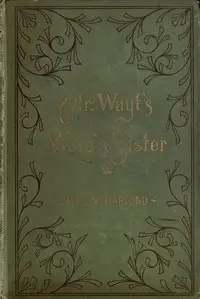
Mr. Wayt's Wife's Sister
By Marion Harland
When a sailor misses his train, he finds himself drawn into the lives of two sisters, one burdened with care, the other yearning to create.
Summary
About the AuthorMary Virginia Terhune, also known by her penname Marion Harland, was an American author who was prolific and bestselling in both fiction and non-fiction genres. Born in Amelia County, Virginia, she began her career writing articles at the age of 14, using various pennames until 1853, when she settled on Marion Harland. Her first novel Alone was published in 1854 and became an "emphatic success" following its second printing the next year. For fifteen years she was a prolific writer of best-selling women's novels, classified then as "plantation fiction", as well as writing numerous serial works, short stories, and essays for magazines.
Mary Virginia Terhune, also known by her penname Marion Harland, was an American author who was prolific and bestselling in both fiction and non-fiction genres. Born in Amelia County, Virginia, she began her career writing articles at the age of 14, using various pennames until 1853, when she settled on Marion Harland. Her first novel Alone was published in 1854 and became an "emphatic success" following its second printing the next year. For fifteen years she was a prolific writer of best-selling women's novels, classified then as "plantation fiction", as well as writing numerous serial works, short stories, and essays for magazines.


